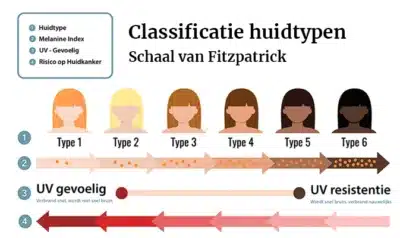Skin types and pigment types: About skin aging and care
The skin is the largest organ of the body and consists of three layers: the epidermis, dermis and subcutis. As we age, the structure and elasticity of the skin changes, leading to skin aging. However, this process is complex and is influenced by both internal and external factors. In addition, different skin types react differently to these influences, which means that the speed and visibility of skin aging vary.
The epidermis is the outermost layer of the skin and offers protection against harmful influences. The epidermis contains pigment cells (melanocytes) that determine the skin color and help protect against UV radiation. The dermis contains collagen and elastin fibers that give the skin firmness and elasticity. The dermis contains blood vessels, sweat glands and sebaceous glands. The subcutis is the deepest layer, which consists of fatty tissue and provides insulation and protection against mechanical forces.

